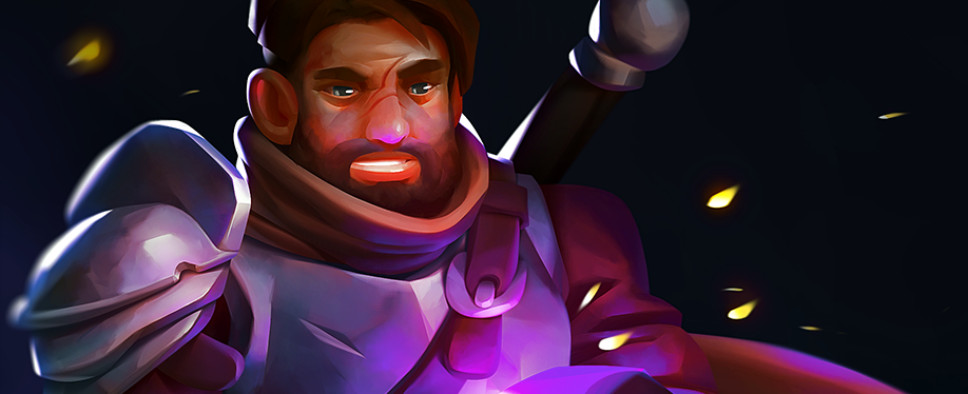Stoneshard Update #52 - Health System
-
Category: News ArchiveHits: 1157

Staying alive is a pretty integral part of any roguelike game, so if you're interested in Ink Stains Games' roguelike RPG Stoneshard, you should check out the latest Kicstarter update that describes the recent changes to the game's health system. According to the update, Stoneshard will now feature a fairly deep health system with separate health pools for each body part and a constant threat of lasting injuries and status effects.
Here are the text parts:
Hello!
In this devlog we will talk about the health system changes – since the Prologue’s release, we’ve made lots of fundamental changes.
Almost from the very start, the health system was one of the main features of Stoneshard. Its main purpose isn’t about realism and difficulty for the sake of realism and difficulty, but to help you immerse in your character. It's one thing to watch your hero being a potion-consuming damage sponge, and the other – to watch your hero getting gameplay-affecting injuries, while also suffering from pain and nasty side effects. We wanted even survival outside the battle to require well-considered and thought-out decisions, since it drastically changes the general gamefeel.
In the Prologue, the injury system was almost entirely based on randomness. You took damage; the injury chance depended on its amount; after receiving a trauma there was a chance for it to worsen or stabilize. Such an approach left little of planning – you could only stock up as many consumables as possible, and hope you wouldn’t need them too often.
Since then, the health system has gone through many iterations, changing drastically during the process. Let’s start with the recently added health tab, showing all aspects of your character’s health[...]
Each body part now has its own health pool, decreasing upon receiving damage. If the bodypart condition falls to half or less, you will receive an injury that reduces some stats. Upon reaching 25%, this injury will turn into a wound with increased effect, and upon reaching 0% you will receive a maim with a special property. Maimed head makes it impossible to cast spells, and maimed hand means you can’t wield weapons with it anymore. Maims still can be reverted though, but it’s much harder.
Attacks now also inflict damage not only to your health pool in general, but also damage specific body parts. The damaged body parts, in turn, reduce the Health Threshold – the stat responsible for the maximum limit of your current health. Thus, a character with multiple injuries won’t be able to restore health to the maximum, even after using some healing potion – first he will have to treat all damaged body parts. Also, being low on health increases the maximum Pain Limit – so being badly battered means you’ll suffer from stronger pain as well. Because of these changes, injuries, health points and pain began to work as a coherent and consistent system.
Passive injury healing now depends on any healing your character receives, including natural regeneration. If your character has restored health to the maximum threshold, all the excess healing will be evenly distributed between all damaged body parts. This makes it possible to survive, even if you run out of medicines – for example, by huddling in a safe corner to rest and recover. Also this change Vitality builds more viable, since boosted Health Restoration and Received Healing stats allows to heal injuries much faster.
The bleeding mechanic was also reworked. First of all, it isn’t some abstract status effect caused by skills anymore – now bleeding is tied to body parts. If your injured limb takes some damage, there’s a chance it’ll start bleeding – thanks to this, bandages aren’t situational vampire dungeon consumables anymore.
Some aspects of the health system are still to be implemented (like maladies), but most part of it is already working the way we like it.
That’s all for today. Stay tuned!

